Kona BIG Island Waves
The Kona Coast is home to some of the best surfing on the Big Island, with many of the top breaks found along the historic 5-mile stretch of Ali‘i Drive. Once reserved exclusively for Hawaiian royalty, surfing was truly the “Sport of Kings.” Today, it remains a powerful symbol of Hawai‘i’s host culture, deeply tied to the island’s active, ocean-loving lifestyle.
While not everyone in Kona surfs, the sport continues to shape local culture and daily life. Even if you never step on a board, there’s something mesmerizing about sitting on the shore and watching the lineup—whether it’s sunrise at Pine Trees or sunset at Lyman’s.
For those eager to catch their first wave or improve their skills, Kona offers an ideal mix of surf spots for every level:
BEGINNERS: Kahaluu Beach Park in Keauhou is the perfect place to learn, with gentle waves and easy access to surf schools offering lessons.
INTERMEDIATE TO ADVANCED: Pine Trees (Kohanaiki Beach Park) and other reef breaks along Ali‘i Drive provide consistent surf and a vibrant local scene.
If you're new to surfing, the safest and most enjoyable way to start is by taking a lesson from a certified local surf school. These instructors provide everything you need—from foam-top longboards and rash guards to local knowledge and ocean safety guidance.
Ready to dive in? Scroll down to explore Kona surf spots, surf safety tips, and recommended local surf schools to help you get started.
Surf Safe
Never Surf Alone.
When in Doubt, Don’t Go Out.
Your safety should always come first. Before paddling out, take a moment to assess the conditions—Hawai‘i’s ocean can be unpredictable, and conditions can change quickly.
Be aware of potential hazards such as strong currents, sharp reefs, sea urchins, submerged rocks, and (though rare) sharks. Also, keep in mind that what you consider "beginner" or "intermediate" might differ from local standards or the spot’s true difficulty.
Know your limits, stay alert, and always show respect for the ocean, for others in the lineup, and for Hawaiian surf culture.
KONA SURFING LESSONS:
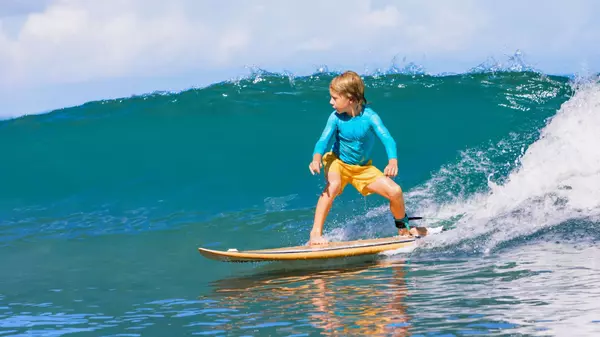
Kahalu'u | Beginner +
Kahalu’u is one of the best Kona surfing spots (Keauhou) for all skill levels, especially for first-timers needing instruction. Several surf schools are located at Kahalu’u Beach Park, either just across the street such as Kahalu’u Surf and Sea, or businesses operating out of their company van or truck.
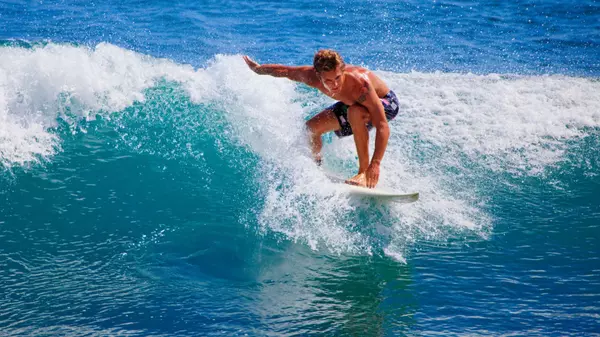
Honl's | Advanced +
Closer to town, near Historic Kailua Village, Honl’s is one of the best reef breaks you will find in Kona with year-round rights and lefts breaking over the reef. Additionally, the beach has a nice grassy area nearby with picnic tables and plenty of shade to relax and enjoy the action. *Not a spot for beginners.
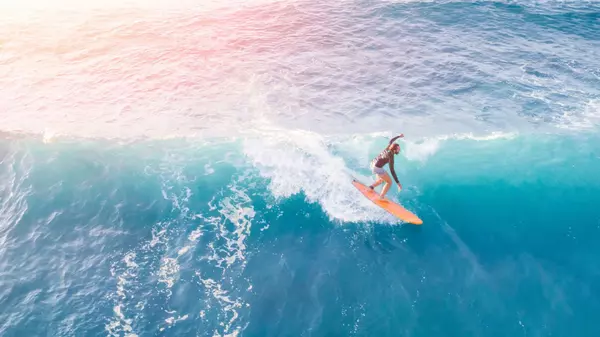
Lyman's | Advanced +
A great left point break for intermediate and experienced surfers, Lyman’s is known for its large winter swells that create a long break across the bay, though the surf is fairly consistent throughout the year. When the surf is big, this is where you will find many local Kona surfing enthusiasts lining up.
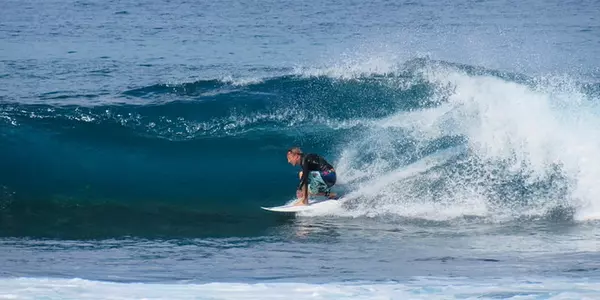
Banyans | Advanced +
Banyans is a local favorite for Kona surfing. You will often find Kona’s up & coming talented youth honing their skills alongside numerous local Pro Surfers here. On big days, it is fun to watch from the shore as the experts navigate huge barrels breaking over the reef.
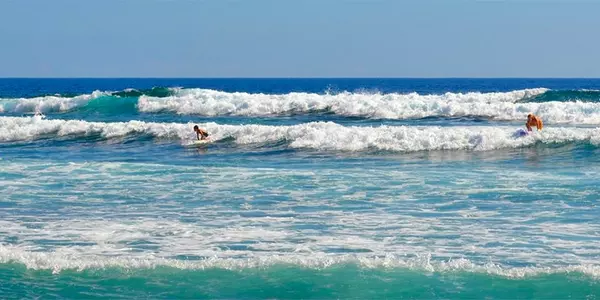
Pine Trees | Beginner +
Kohanaiki Beach Park, also known as “Pine Trees” by locals, features one of the most consistent and popular Kona surfing spots. There various waves for surfers to choose from, with conditions suitable for most skill levels, including beginners. However, commercial surf lessons are not available here, so it is best to have at least some previous surfing experience. Additionally, Pine Trees is famous for its overnight camping, especially popular for weekend family surf retreats.
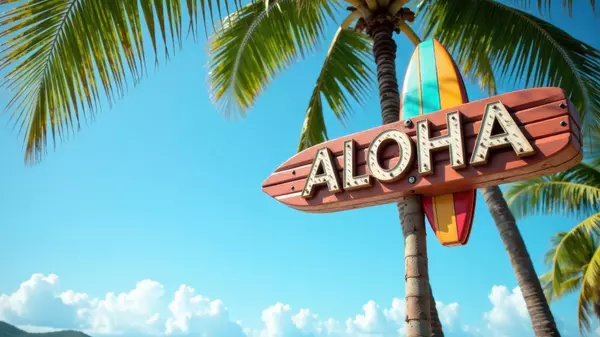
Surf Etiquette | Beginner +
Never “drop-in” on another surfer’s wave. When paddling for a wave, be sure to check for others around you to see if someone else has already caught the wave behind or to the side of you.
Look for surfers in front of you before taking off on a wave. If inexperienced, stay closer to shore on the inside, especially when there is big surf.

